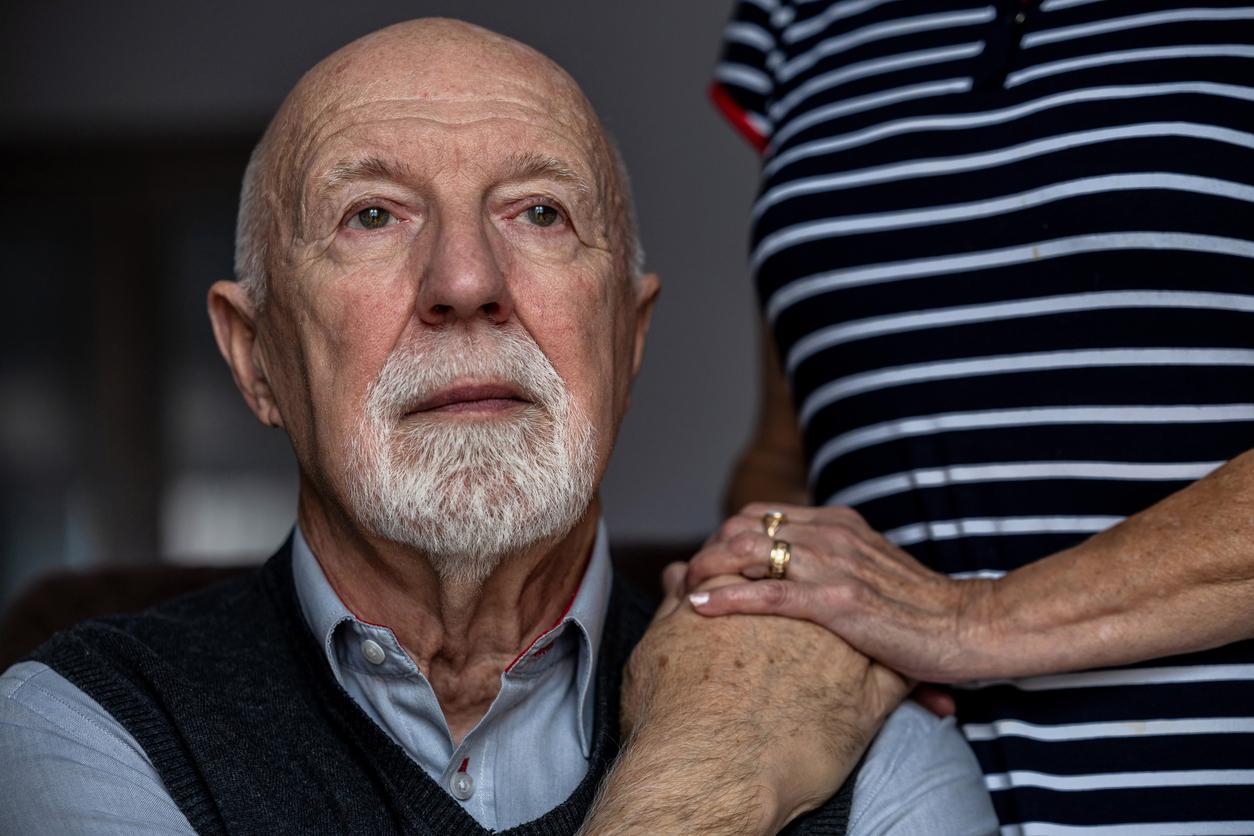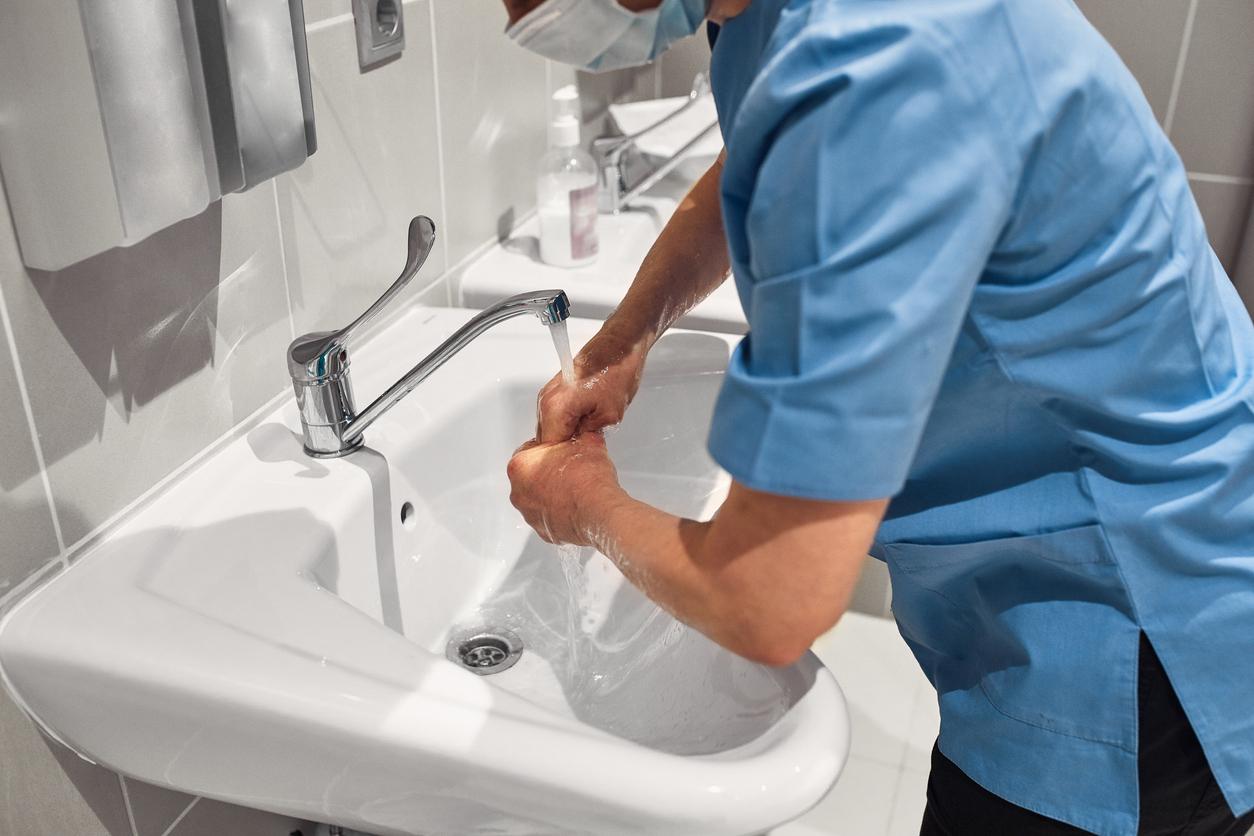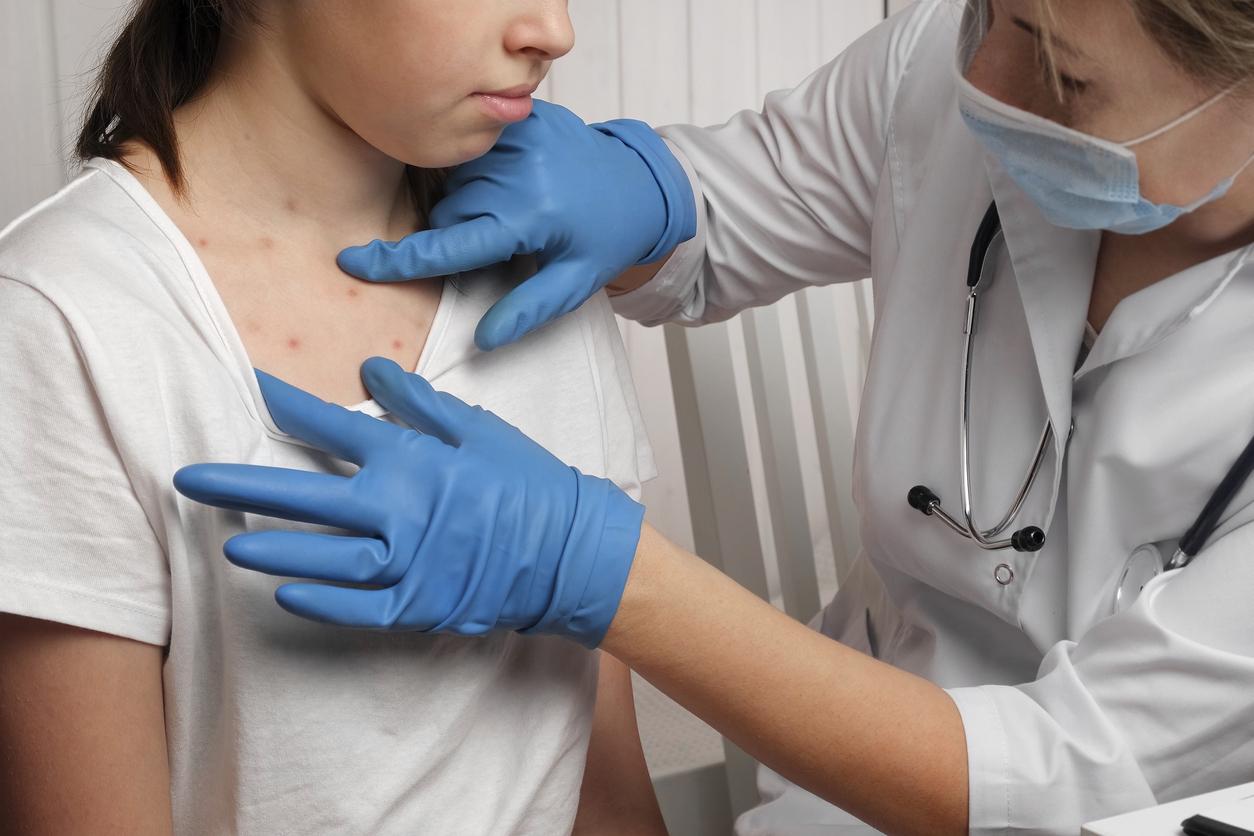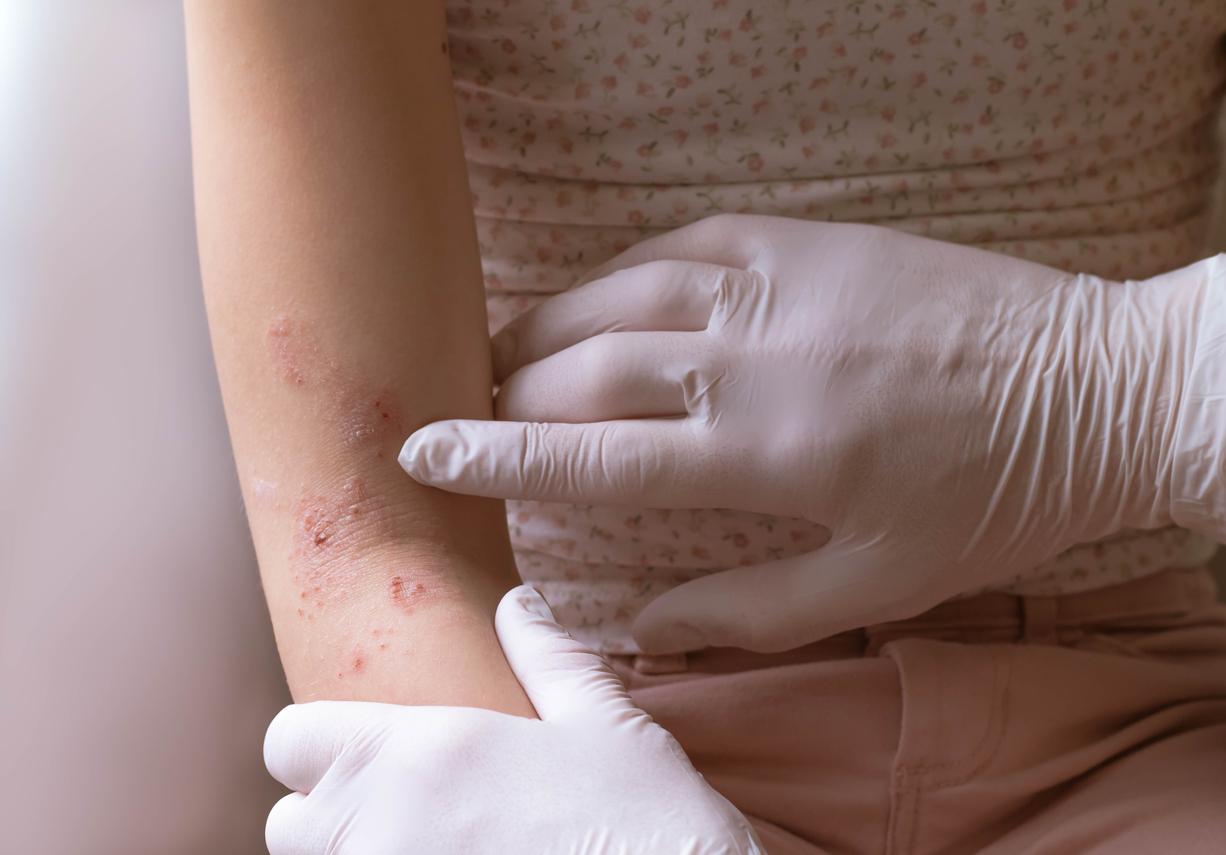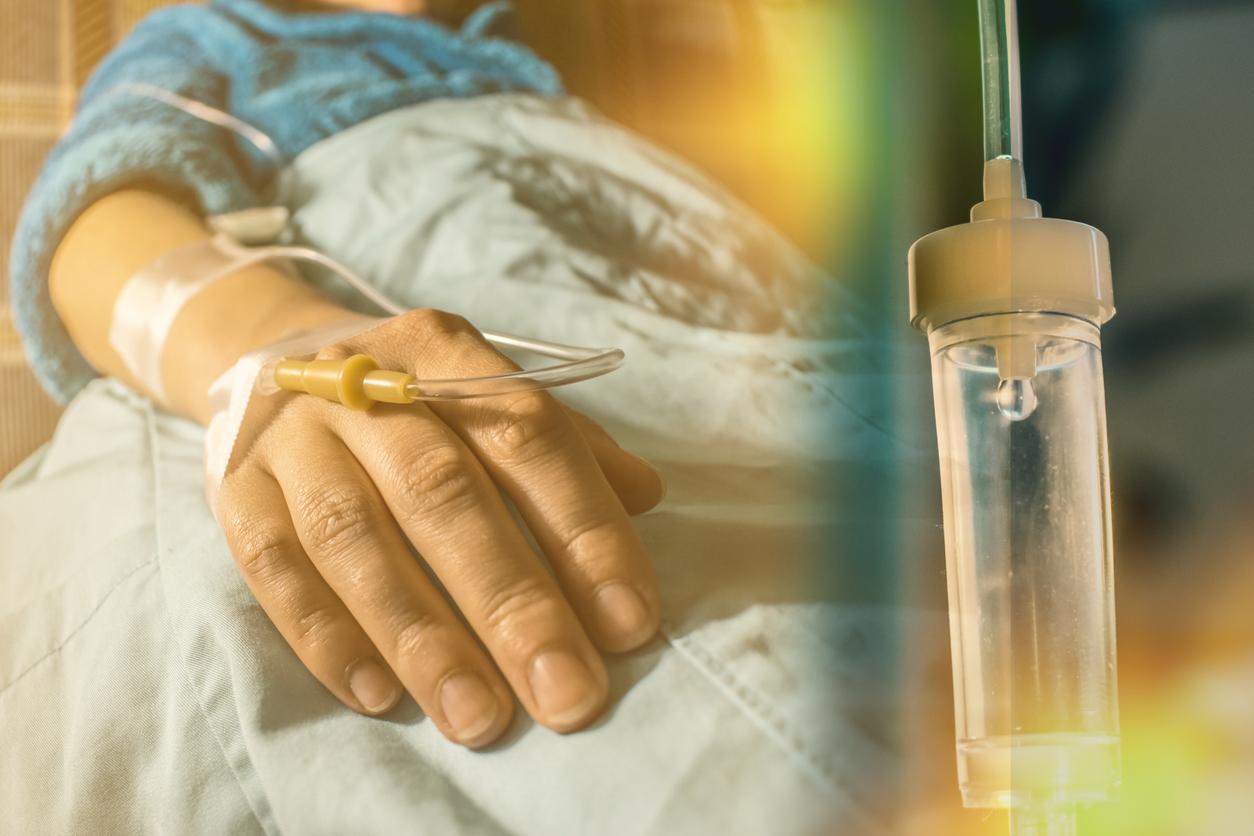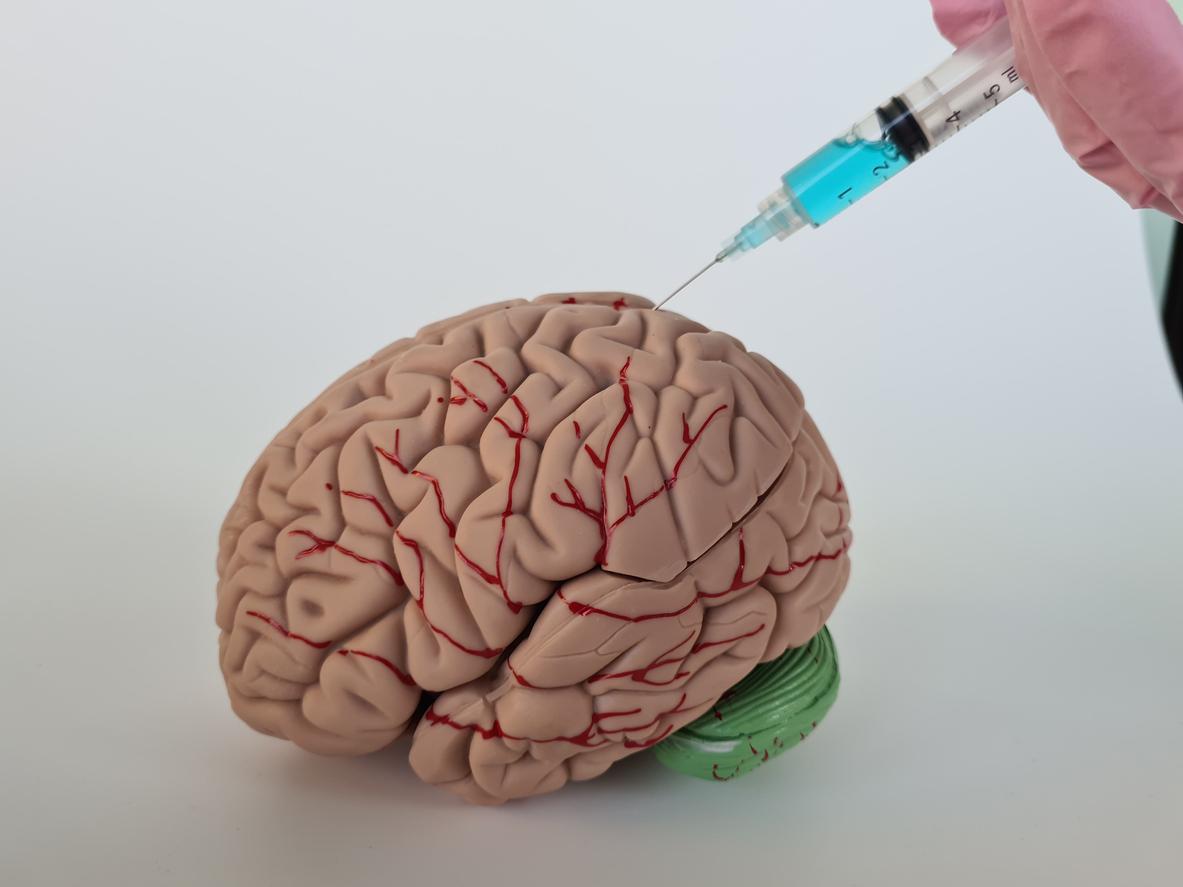Dermatologist Marie Jachiet reviews the latest developments in eczema (or atopic dermatitis) treatments.
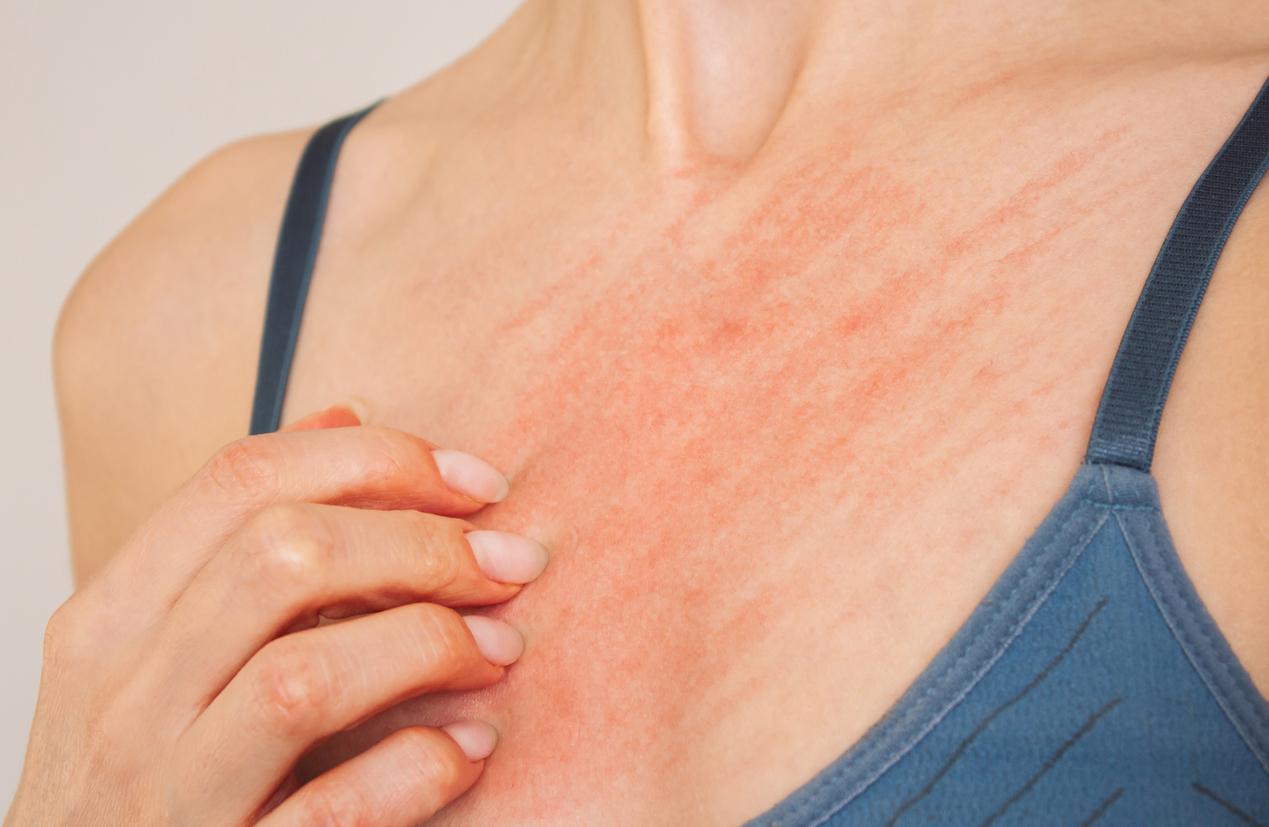
Why Doctor: What are the different forms of eczema?
Marie Jachiet – There are several forms of atopic dermatitis, which can vary in severity. About 60% of patients have a mild form with limited impact on quality of life. Nearly 30% have a moderate form that requires regular treatment, while 10% suffer from a severe form, which is very disabling and requires specialized care.
The disease is chronic and can persist for years. It often begins in childhood and may subsequently persist, worsen or stop.
What are the different treatments available for atopic dermatitis?
Treatment of atopic dermatitis depends on its severity. It is based first on local care based on dermocorticoids (for flare-ups) and emollients (to restore the skin barrier/reduce the risk of recurrences). These treatments are generally effective for mild forms, but less so for moderate to severe forms.
Cyclosporine remains the first-line systemic treatment in France for adults in the event of failure of topical treatments, but it has limiting side effects such as the risk of infections, renal failure and hypertension.
In 2023, new treatments have been introduced, including biotherapies and small molecules. In case of failure or intolerance to ciclosporin, biotherapies such as dupilumab and tralokinumab, administered subcutaneously every 14 days, for example, offer good options with a favorable tolerability profile.
In addition, anti-JAK (Janus-Kinase) drugs such as baricitinib, upadacitinib and abrocitinib are also available and administered orally. However, their use requires a prior biological assessment due to the increased risks of cardiovascular diseases, thromboembolic diseases and cancer in certain patients.

What results have been obtained with these new treatments?
New treatments have significantly improved the management of severe forms of atopic dermatitis. Between 60 and 70% of patients treated with these molecules show a clear improvement, with more than 75% improvement in EASI (Eczema Area Severity Index) score.
Are there things that could be improved?
Currently, there are no data to support dose reduction or dose spacing in well-treated patients, although studies are ongoing to determine the minimum effective amounts (particularly with dupilumab).
How much do these treatments cost?
These treatments have costs very pupils which variesnt between 800 and 1,200 euros per month per patient.




